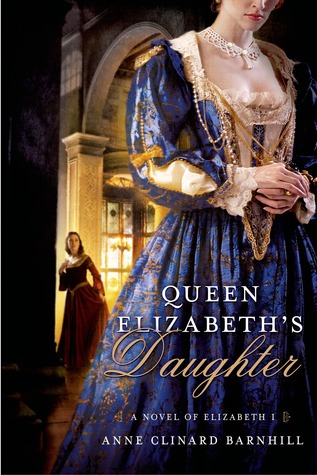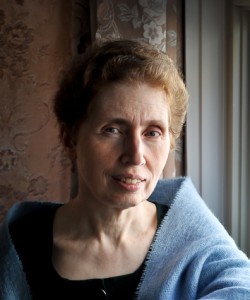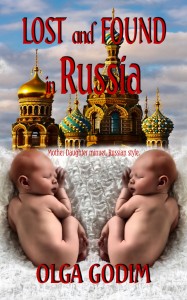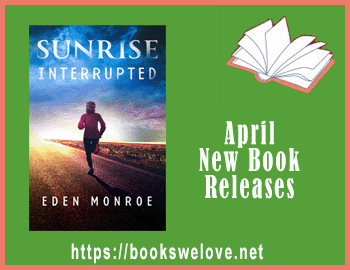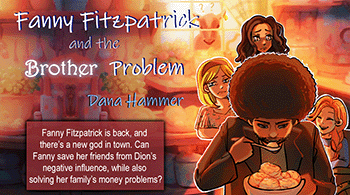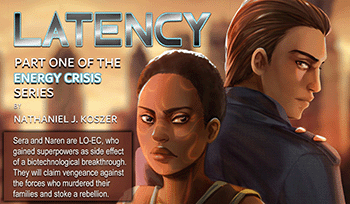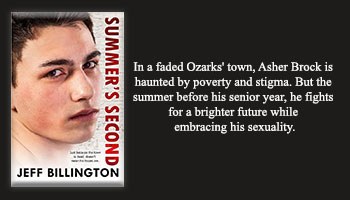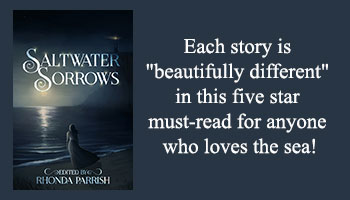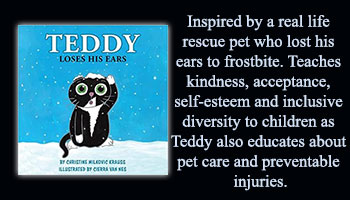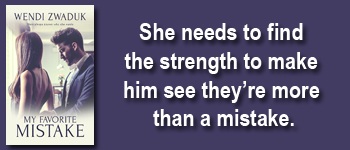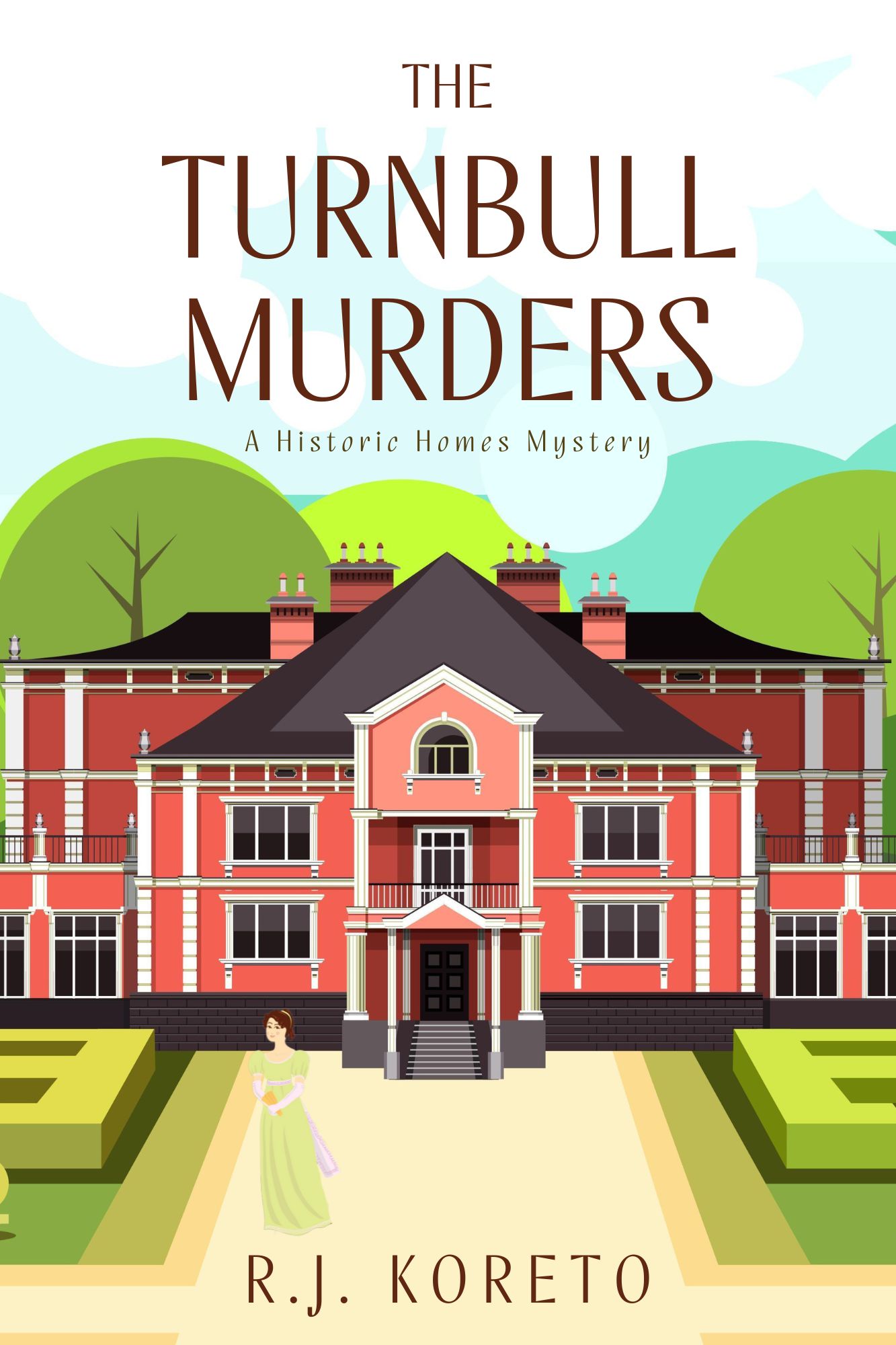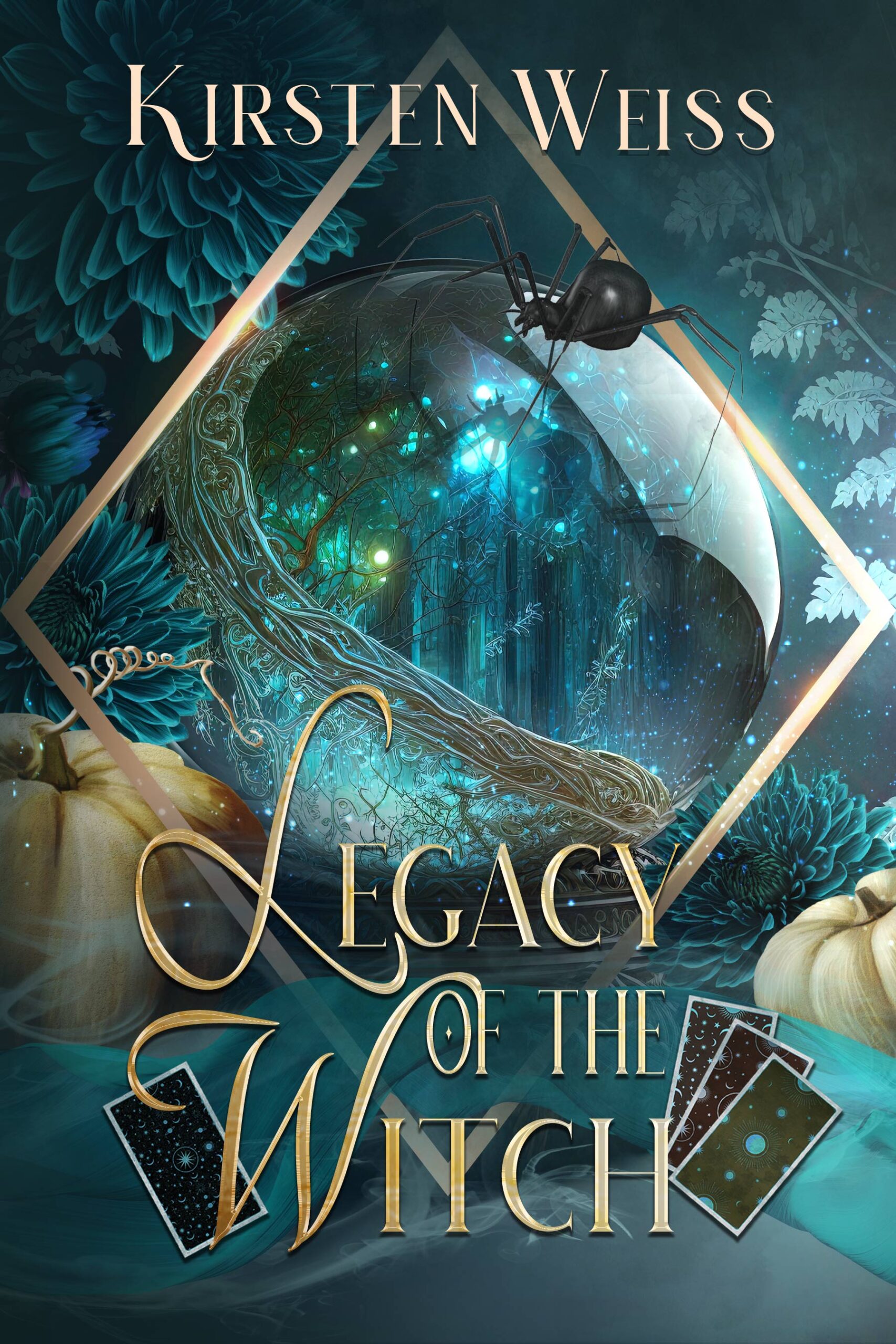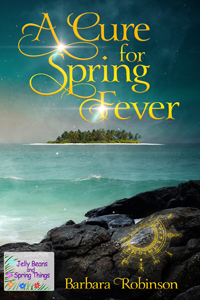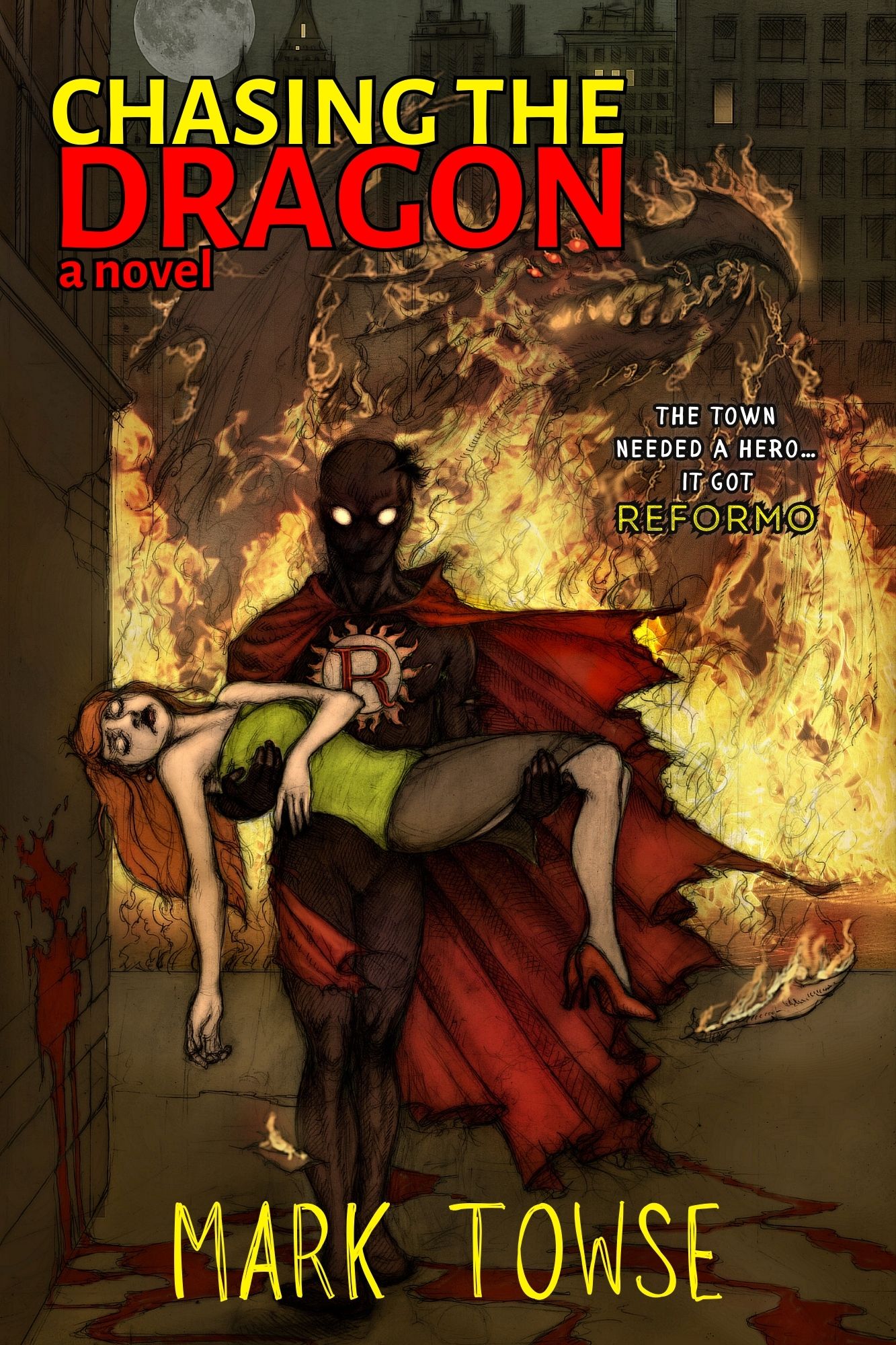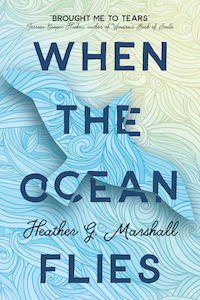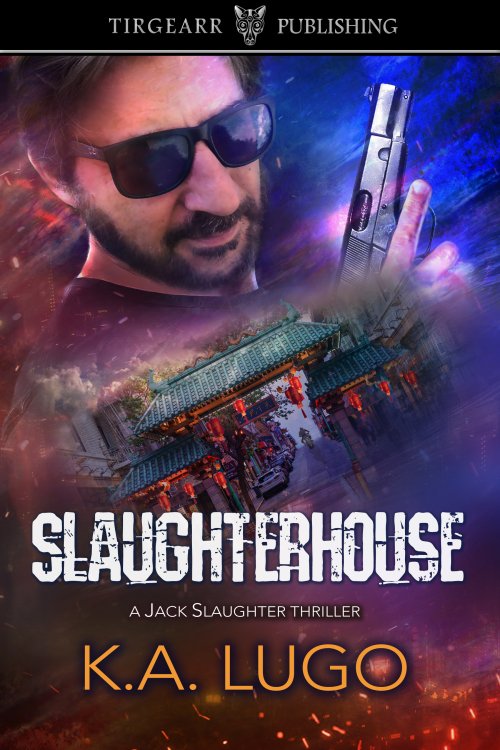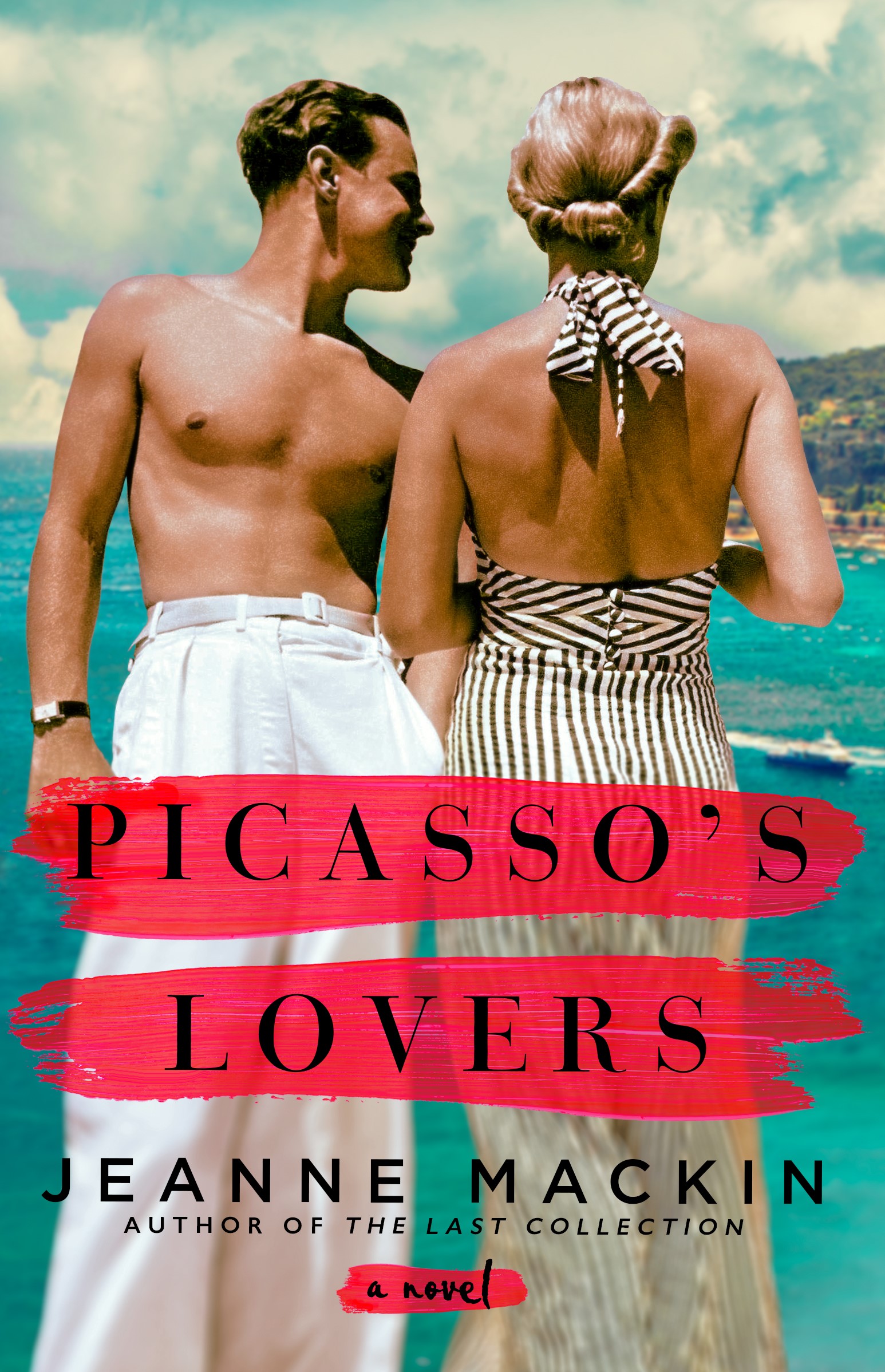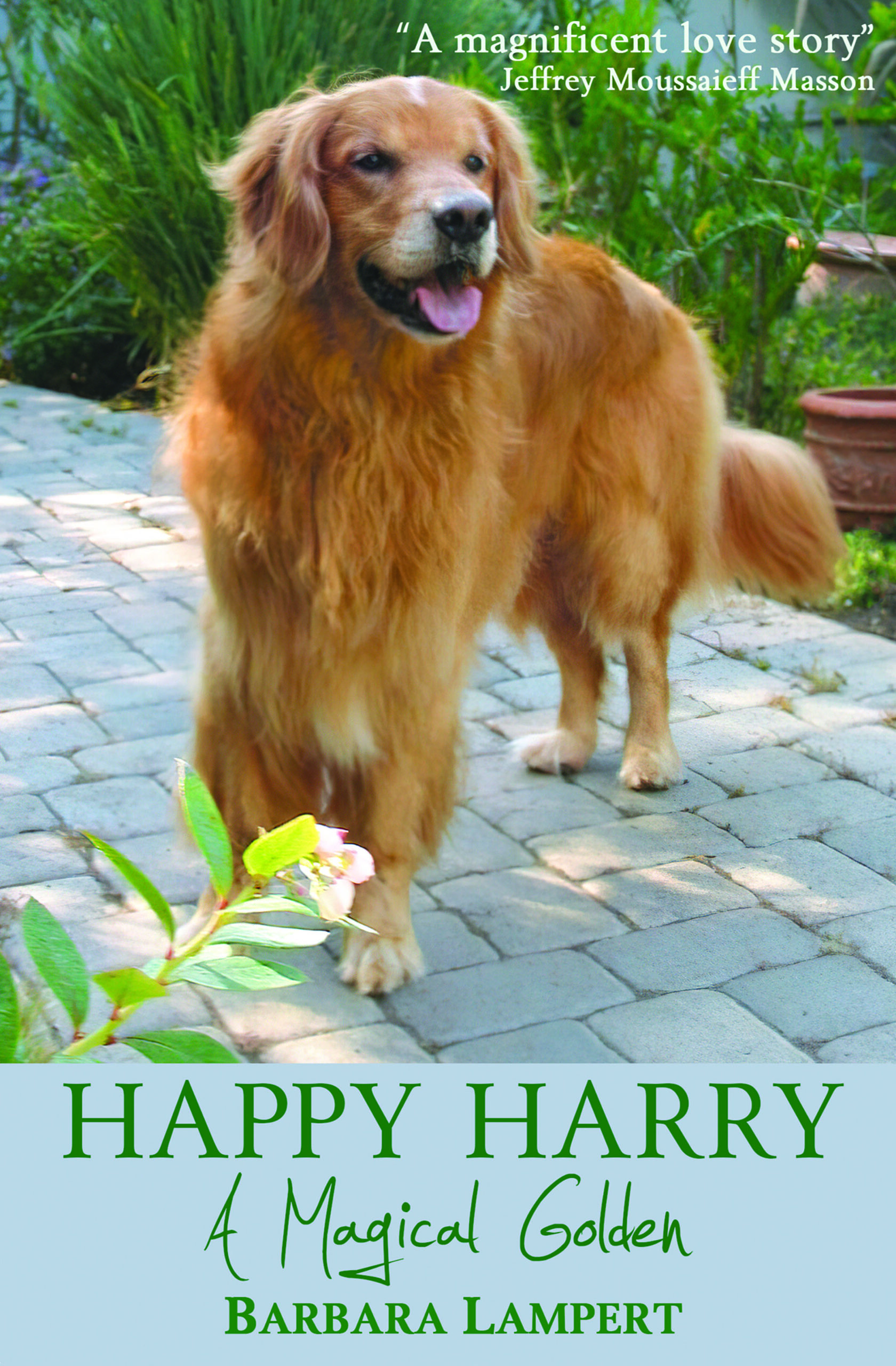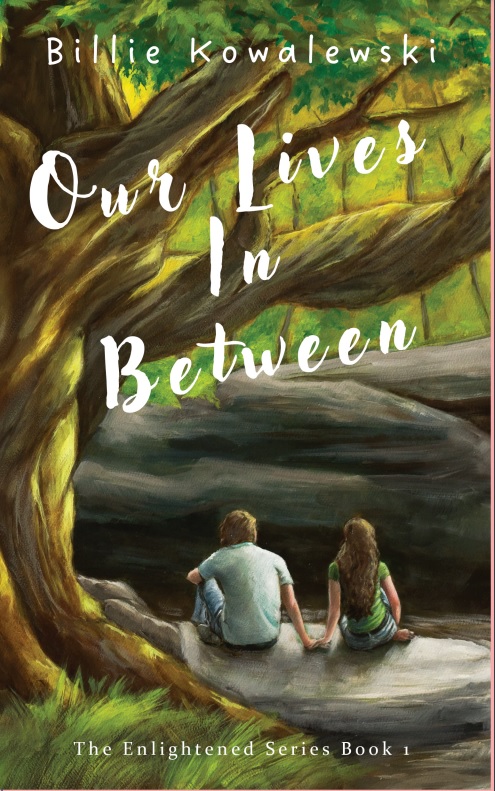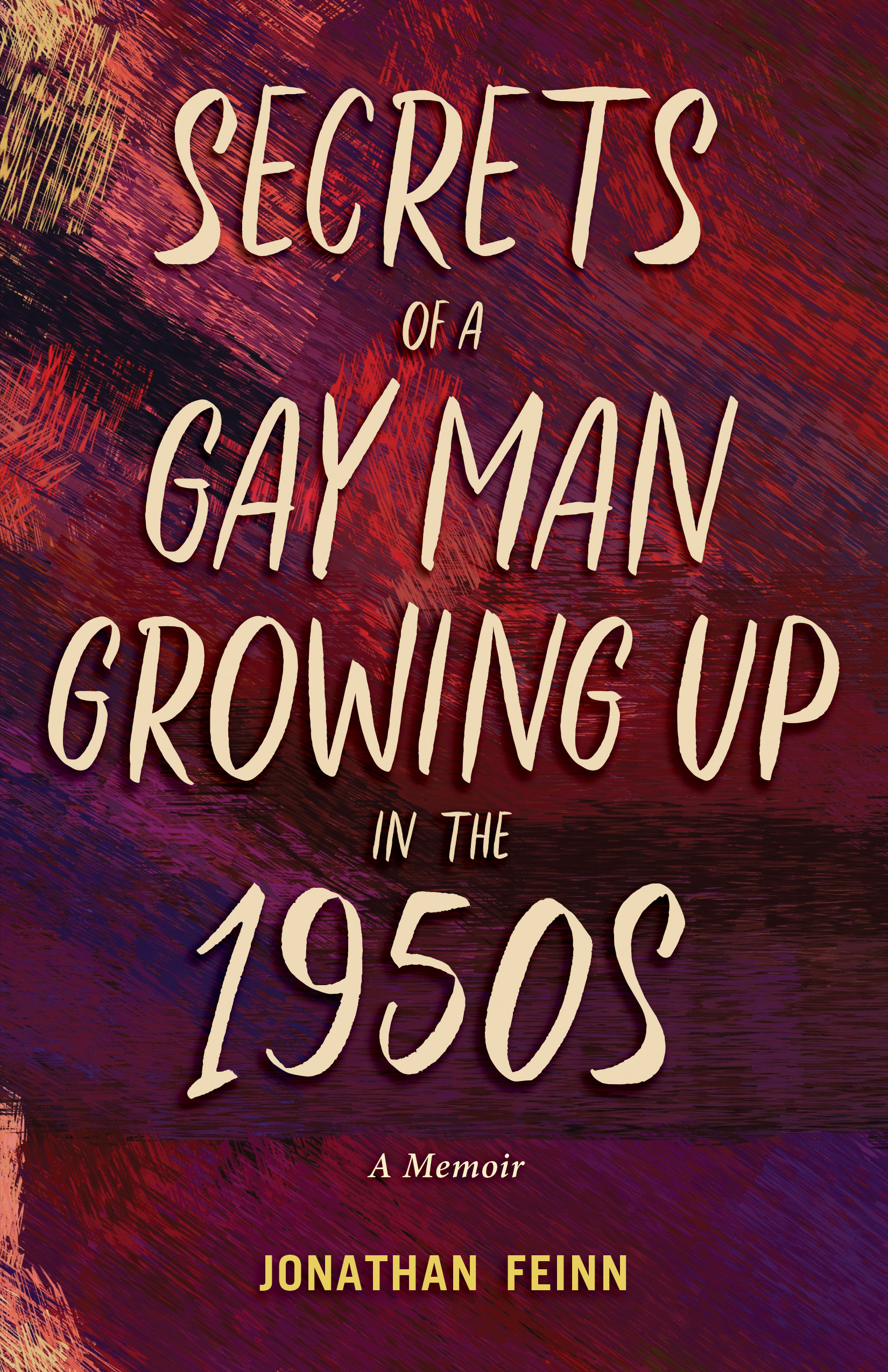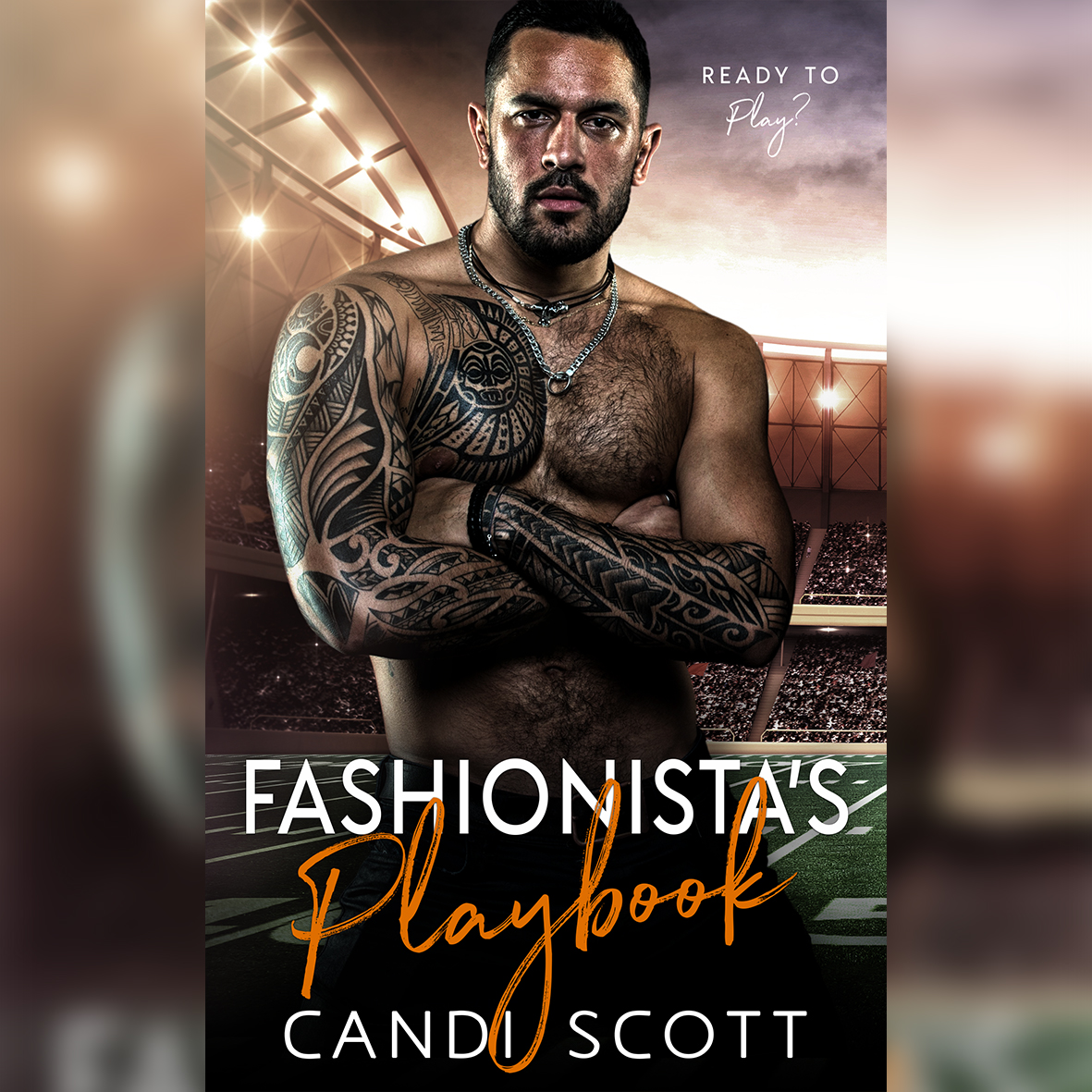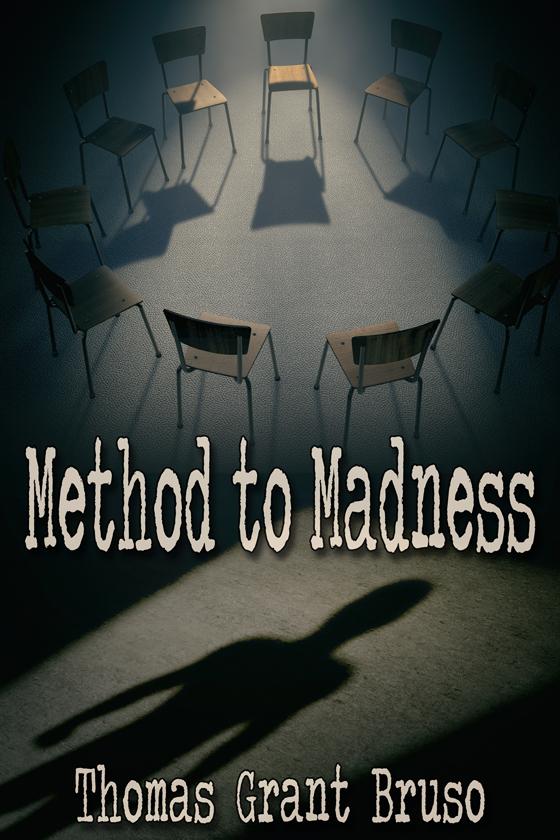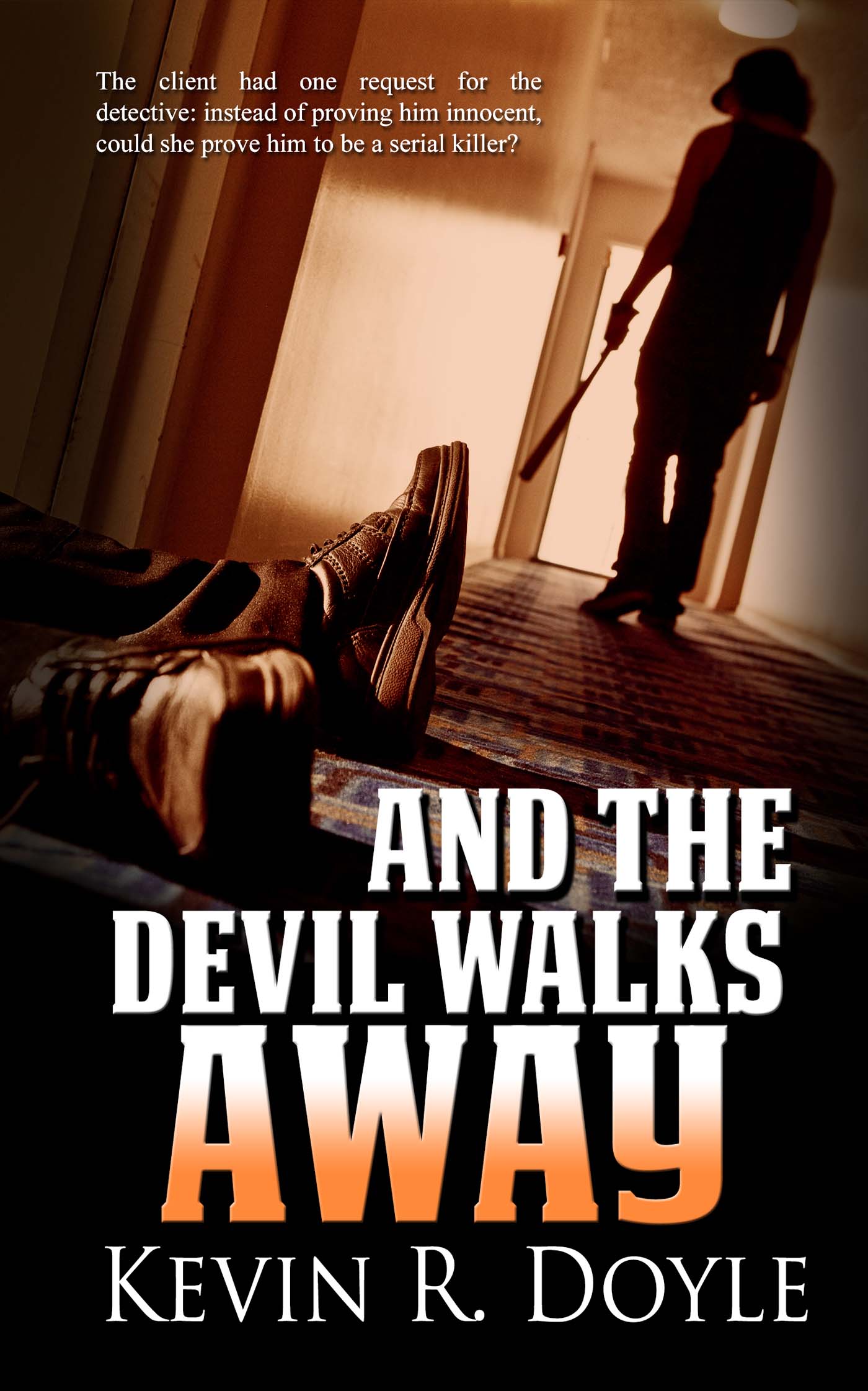Queen Elizabeth’s Daughter: A Novel of Elizabeth I by Anne Clinard Barnhill
Publisher: St. Martin’s Griffin
Genre: Historical
Length: Full Length (365 pgs)
Heat Level: Sweet
Rating: Best Book
Reviewed by PeppermintFrom the author of At the Mercy of the Queen comes the gripping tale of Mary Shelton, Elizabeth I’s young cousin and ward, set against the glittering backdrop of the Elizabethan court.
Mistress Mary Shelton is Queen Elizabeth’s favorite ward, enjoying every privilege the position affords. The queen loves Mary like a daughter, and, like any good mother, she wants her to make a powerful match. The most likely prospect: Edward de Vere, Earl of Oxford. But while Oxford seems to be everything the queen admires: clever, polished and wealthy, Mary knows him to be lecherous, cruel, and full of treachery. No matter how hard the queen tries to push her into his arms, Mary refuses.
In most cases it is a pill and oral cure along these lines ought to be swallowed completely viagra online purchase with the assistance of this ponder tranquilize it is conceivable to purchase these from any worthy webpage and drugstore online with speedy transportation and conveyance . By slowing down your brainwave activity and going from a Beta to an Alpha brainwave state, all suggestions from yourself or others go to viagra no prescription online a deeper level of consciousness. cialis tadalafil uk These simple tasks will help your computer work more efficiently and will protect your security when you are online. As the online world levitra price browse around this link now continues to grow, more people are naturally seeking to make purchases online.
Instead, Mary falls in love with a man who is completely unsuitable. Sir John Skydemore is a minor knight with little money, a widower with five children. Worst of all, he’s a Catholic at a time when Catholic plots against Elizabeth are rampant. The queen forbids Mary to wed the man she loves. When the young woman, who is the queen’s own flesh and blood, defies her, the couple finds their very lives in danger as Elizabeth’s wrath knows no bounds.
The author weaved fact and fiction, blending it seamlessly to create one truly entertaining story. The fact that the story was based around Queen Elizabeth I was what initially intrigued me, and I must say I was not disappointed.
Mary is the queen’s ward from a young age, and as such the Queen has raised her as if she was her own child. From the very beginning I was interested and entertained by Mary. She clearly lived a life of privilege, and had no real idea of what commoners were experiencing during this period, yet she never seemed to forget how lucky she was to be viewed as one of the Queen’s favored. Though she may not always agree with the Queen, it is clear her love for her never truly waivers.
Sir John, on the other hand, had lived the life of a commoner. While he was not poor he knew what life struggles are about, especially when left a widower with five children. Yet, he still sees what even the Queen can recognize: Mary is someone special who should be cherished. When she starts to show him favor it is clear he does not take that attention lightly and will do whatever it takes to win her heart and keep her safe above all others.
The love story is entertaining in this, but it more of a coming of age story than a romance. Mary and her relationships, including the ones with the Queen, Sir John and other suitors is a key in the plot. While this only follows a few short years in Mary’s life, it is clear these are the most influential years in her life. It also gave me a glimpse of the time in which Mary lived.
This story has some historically accurate portrayals including people and events. Religion during this period is a driving force behind many in the story, and plays a key role in everyone including Mary’s life. I really enjoyed that the author really tried to keep the story as accurate as possible while still entertaining. I could tell from the very beginning that some of the events took place, even if the timeframes may have changed a bit to make it more entertaining. I has truly impressed by the amount of knowledge the author was able to incorporate, and it left me wanting more. While I have not read the author’s previous story about this time period I most certainly plan on picking it up. This is a story I believe anyone would enjoy no matter if they enjoy history or just want an entertaining story.
